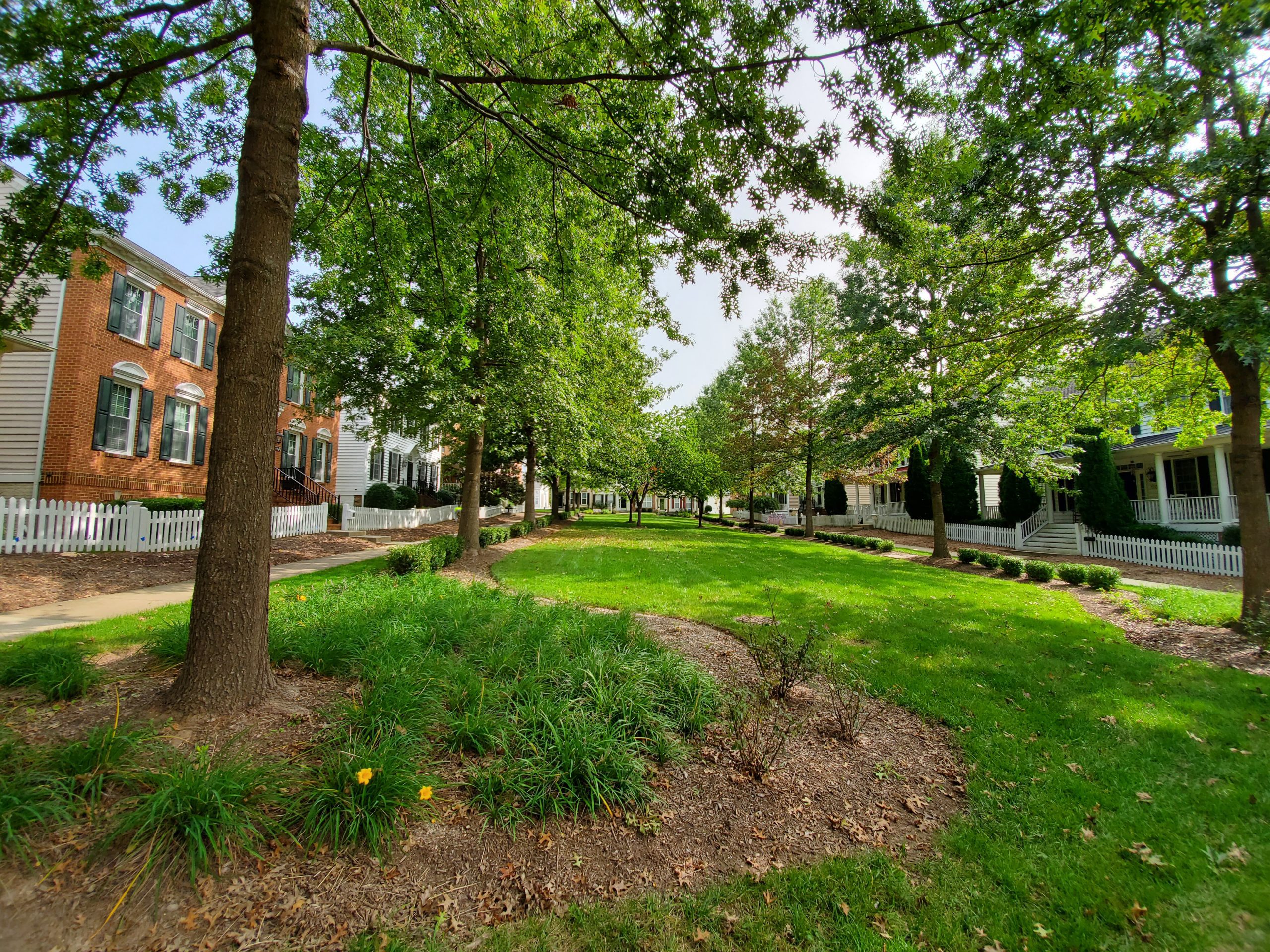Why Is New Urbanism Expensive?

This turns out to have been one of my most-engaged tweets ever:
New Urbanism is expensive because people like it and there's not enough of it. Not because it's a boutique thing for the rich
— Addison Del Mastro (@ad_mastro) November 16, 2020
Most people basically agree, while some do not or have expanded the discussion. Particularly, the fact that New Urbanist developments tend to be on the pricier side could be due to many reasons other than short supply, though that is almost certainly a factor. The use of alleys as opposed to curb cuts, for example, adds some infrastructure cost, and the buildings tend to be of more deliberate and higher quality construction than ordinary subdivision homes. One person suggested that there’s a sort of self-reinforcing status loop here, that New Urbanist communities have a reputation for being affluent, and therefore attract affluent people. Another factor is that because most of these projects still need a raft of variances and special approvals, they take more time and expense just to get to the construction stage. Others have pointed out that New Urbanist projects have rarely included affordable units.
I’ve always thought “New Urbanist projects are unaffordable” is too trite a critique, along the same contrived lines as “McDoubles are good for the poor.” But the question of high prices is complicated and worth parsing. One key is that New Urbanism is not just a more elegant aesthetic style. (As noted above, alleys add functionality and safety to streets, by removing curb cuts and creating an unbroken sidewalk for walking, and a safer street for biking. Combined with the usual truncated front setbacks, New Urbanist streets tend to feel narrower and more cohesive, which also naturally slows down auto traffic. These are substantive and measurable improvements over the average street in a standard subdivision.)
And yet despite the fact that these developments tend to command higher-than-average prices, it’s also widely believed that people will not pay more simply for design differences in the built environment. Perhaps that is not true, after all. Or perhaps there’s more going on.
This is an open thread. Thoughts?
This New Urbanism series is supported by the Richard H. Driehaus Foundation. Follow New Urbs on Twitter for a feed dedicated to TAC’s coverage of cities, urbanism, and place.
Comments